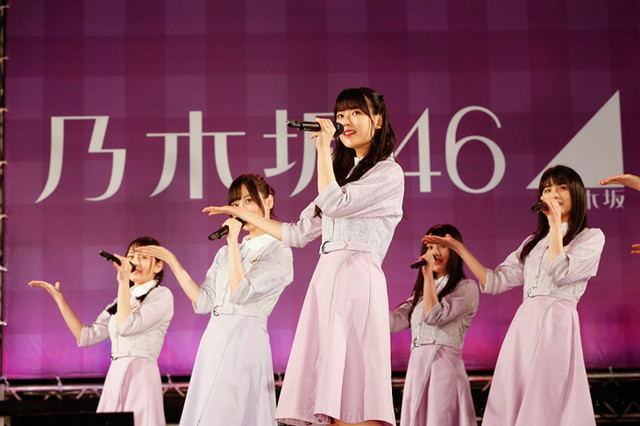
Baring it All: Idols Who Show Their Forehead With Their Hairstyle


Sponsored Links
Since 2005, YouTube has been a valuable resource for people all over the world to learn and discover new things, or to make hours magically disappear from their day. For some, it may have been the beginning of a deeper appreciation for Japanese pop culture but, for users in the United States, all that changed in late October of 2015. YouTube RED (not to be confused with RedTube) is the company’s latest attempt to compete with online services like Netflix, Hulu, and Amazon Prime, which would eliminate ads for subscribers while providing funding for higher budget content provided by some of the site’s most popular YouTubers. However, one of the side-effects of the launch of YouTube RED included the blocking of content in the US, rendering many high traffic Japanese YouTube channels (AKB48, SKE48, HKT48, all Up-Front channels, etc.) as “not available in your country”. How many of the videos posted in this article can you view in your country?
ANGERME – “Gashin Shoutan”
For fans living outside of Japan, where a lot of content is already region-blocked, due to licensing and other overly complicated reasons which would take too long to research and explain, the blackout of J-pop (in some cases, K-pop too) by YouTube RED is another barricade in a long list of obstacles they have had to put up with. While there is no doubt that YouTube has become increasingly strict as they have removed thousands of videos of unauthorized uploads of MVs, television shows, anime, film, and concerts but now, not even the official contents are available!
Shoko-tan♥Dempagumi – “PUNCH LINE!”
YouTube claims that 99% of their partner creators have signed on with YouTube RED but, then again, Google often claims that Google+ has millions of “active users”. Unless you’re following all the members of the “48 groups”, how often are you actually using Google+? If YouTube RED’s policies were enough to turn the channels of ESPN, The Worldwide Leader in Sports, into a ghost town, what does this bode for the Japanese music industry in their efforts to market themselves internationally? While there are more Japanese artists traveling overseas to perform than ever before, how many of them will be met by legions of fans who discovered them on the Internet now that one of the most well-known video sharing sites have completely blocked them out from the US market? Just imagine, if YouTube RED had been launched 6 months earlier, how many of you would have known about LADYBABY?
LADYBABY – “Nippon Manju”
The problem with YouTube’s new paid service is that it may not have the status of services like Netflix or Hulu. It was largely built on user-created content and even though there are many talented individuals making high quality videos on YouTube, rolling out a paid service 10 years later feels like someone trying to monetize e-mail. There is no doubt that people who put in hard work to create entertaining content should be compensated but, isn’t region-blocking content contrary to the idea of the “world wide web”?
AKB48 – “Bokutachi wa Tatakawanai”
One of the other features of YouTube RED, the one that allows users to download and watch content offline, presents a big problem for Japanese channels as it runs contrary to the strict copyright laws of the land. How many times have you been excited to see a group/artist you like uploaded a new MV only to be disappointed when it turns out to be a “short version” only? This is one tactic that labels/agencies employ in their attempts to combat piracy or incentivize fans to purchase the CD/DVD. Of course, because this is the Internet, there is always a way to find the full version anyway if you search long enough. How many of you watch “Game of Thrones” or some other show not broadcast where you live? Maybe labels should look to expand the ways that consumers from all over the world can purchase content without having to pay expensive shipping for physical media?
Momoiro Clover Z – “Z no Chikai”
It is often disappointing when we want to introduce a new artist to the world but their content is not available outside of Japan. This latest incident is particularly disheartening because it blocks out the largest media market in the world. As with any time that walls have been put up on the Internet, people will find a way to gain access to it. With social media speeding up the flow of information around the world, the entertainment industry has been struggling to keep up with the demand. Following up on the controversial integration of Google+ into YouTube for commenting (which has still not been completely resolved), what will happen as they attempt to make YouTube RED go global?
Sponsored Links

[Exclusive Program] Tokyo GIrls’ Update TV #006 : SBY in Shibuya109 & Pikarin’s Cosplay

8th Wave of Tokyo Idol Festival 2016 Performers Announced!!



